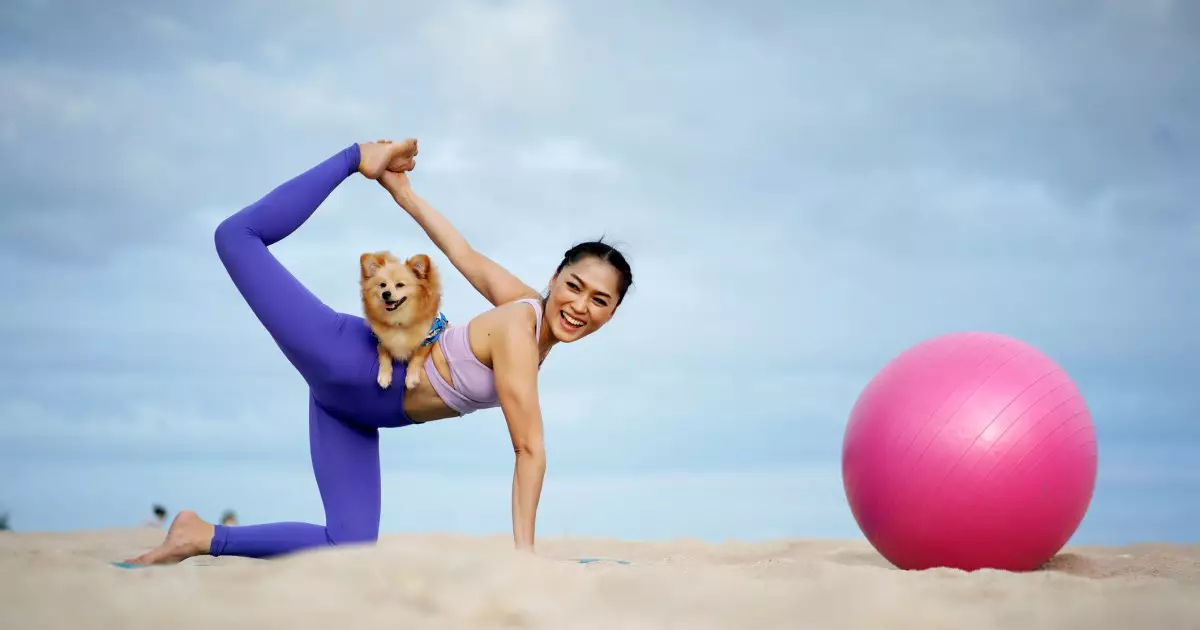Yoga, a practice deeply rooted in the ancient traditions of India, has been revered for centuries as a path to spiritual and physical well-being. While its precise origins remain elusive, yoga has transcended generations, capturing the hearts of practitioners worldwide. The traditional forms of this discipline emphasize mindfulness, breath control, and physical postures, all aimed at fostering a profound connection between mind, body, and spirit. However, as society changes, so too does the practice of yoga, leading to intriguing adaptations that merge contemporary lifestyles with age-old wisdom.
Innovative Trends in Yoga
In recent years, the landscape of yoga has expanded in unexpected directions, giving rise to novel trends that capture the imaginations of many. Among the most peculiar of these innovations is “goat yoga,” where practitioners engage in their poses while adorable goats frolic around them. Similarly engaging is “drunk yoga,” a more controversial approach that combines alcoholic beverages with traditional yoga practices, offering a lighthearted twist on the often serene and contemplative experience. Yet, while these variations present unique entertainment and community engagement opportunities, it remains essential to consider their effectiveness in promoting physical or mental health.
One particularly noteworthy evolution is dog yoga, or “doga.” This variation allows yoga enthusiasts to practice alongside their canine companions, fostering a delightful interaction between pet and owner. In doga, the primary focus is on the human practitioner, with dogs often serving as decorative presences rather than active participants. While they may occasionally act as makeshift weights or props, dogs typically do not engage in the poses in the way humans do. This companionship is central to the experience, transforming what is traditionally an individual pursuit into a shared activity that reinforces bonds between owner and pet.
The process of introducing a dog to yoga, however, comes with its own set of challenges and considerations. According to Mahny Djahanguiri, the author of “DOGA: Yoga For You and Your Dog,” it may take some time—ranging from three to six months—for pets to acclimate to this unique practice. Owners must approach the introduction to doga with patience and understanding, recognizing that some dogs may not enjoy or feel comfortable participating. It’s crucial to prioritize the well-being of the dog over the need for an aesthetically pleasing yoga session.
At its core, doga embodies the principles of mindfulness, promoting a tranquil atmosphere for both the human and canine participants. It serves as a reminder that yoga, in its many forms, is ultimately about union—not only of body and mind but also between humans and the animals they cherish. Practitioners may find that engaging in doga enriches their yoga experience, offering them a deeper understanding and appreciation of their bond with their dog.
While traditional yoga maintains its timeless relevance, the emergence of innovative practices like doga reflects a modern adaptation of this ancient art. Each variation invites individuals to explore new forms of connection and well-being, making yoga a continuously evolving tapestry of experiences that remind us of the importance of mindfulness, community, and the bonds we share with our furry companions.


Leave a Reply